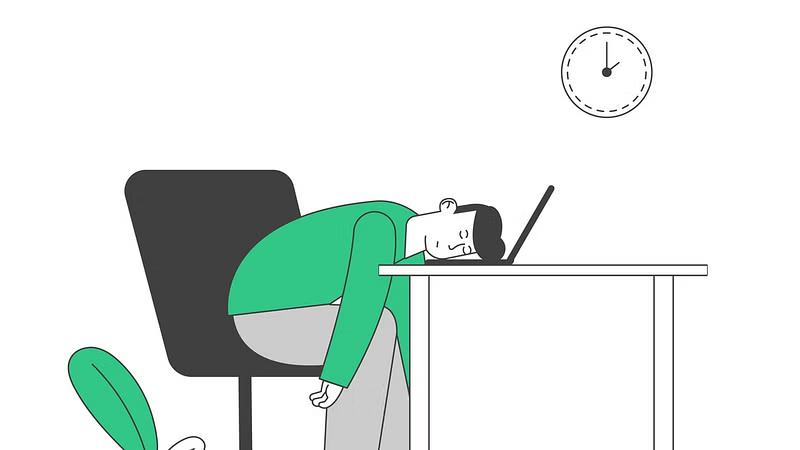Sedentary Behavior and Heart Risk: New Research on Chest Pain Patients
New research reveals a direct link between sedentary heart risk and post-hospital outcomes in chest pain patients. Those who remain inactive for over 15 hours a day (not including sleep) face more than double the risk of heart complications or death within a year compared to those who sit less.
Study Overview: Tracking Movement After Hospitalization
A study published in Circulation: Cardiovascular Quality and Outcomes monitored 609 emergency room patients hospitalized with chest pain, with an average age of 62. Each patient wore a physical activity tracker for 30 days post-discharge, recording movements, sitting duration, and sleep patterns. The research team followed patients for a year to document subsequent heart events or mortality.

Results showed that prolonged sedentary behavior significantly increased heart risk, underscoring the critical impact of lifestyle after hospitalization.
Key Findings: Movement Lowers Heart Risk
Replacing just 30 minutes of sitting time with any form of physical activity substantially reduces risk. Moderate to vigorous activity such as brisk walking or running lowered the chance of future heart problems or death by 62%. Even light activities like slow walking or household chores reduced risk by 50%.
Additionally, substituting sitting with 30 minutes of extra sleep also provided health benefits, reducing risk by 14%. This highlights achievable steps for patients who may find exercise intimidating or difficult.
Why Reducing Sedentary Time Matters
Each year, over 8 million people in the U.S. are admitted for chest pain potentially linked to acute coronary syndrome (ACS), a group of conditions involving reduced heart blood flow. Even patients discharged without a definitive diagnosis of ACS remain vulnerable to serious heart issues later.
This ongoing risk necessitates modifiable lifestyle factors to improve prognosis, with sedentary behavior now identified as a major concern.
Understanding the Impact of Sedentary Behavior on Heart Health
Prolonged sitting affects the body’s metabolism, particularly muscle activity that regulates blood sugar and lipid levels. Inactivity can cause elevated blood sugar and fats, contributing to inflammation, artery plaque buildup, and damage to vital organs.
Research is ongoing to clarify the exact biological mechanisms behind the harm caused by sedentary lifestyles, but evidence clearly supports reducing sitting time after chest pain hospitalization.
Practical Recommendations for Chest Pain Patients
For individuals recovering from chest pain or heart conditions, increasing movement—even light activity—can be life-saving. While intense exercise offers the greatest health gains, small steps like standing more, walking slowly, or household chores also provide significant benefits.
For those unable to increase physical activity, adding just half an hour of sleep daily is a simple, effective way to lower heart risk.
The Road Ahead: Encouraging Movement After Hospital Discharge
Healthcare providers should emphasize the dangers of prolonged sedentary behavior and encourage gradual activity increases tailored to patient ability. Psychological barriers, such as fear of exercise after a cardiac event, must be addressed with supportive education and personalized care plans.
Empowering patients with achievable goals can improve long-term heart health and reduce the chance of future complications.
Conclusion
This study adds to growing evidence that sedentary behavior significantly elevates heart risk in chest pain patients. Importantly, it offers hope by showing that replacing sitting with any form of movement—or even additional sleep—can meaningfully improve outcomes.
By prioritizing activity after hospitalization, patients can take concrete steps toward better heart health and a longer life.




